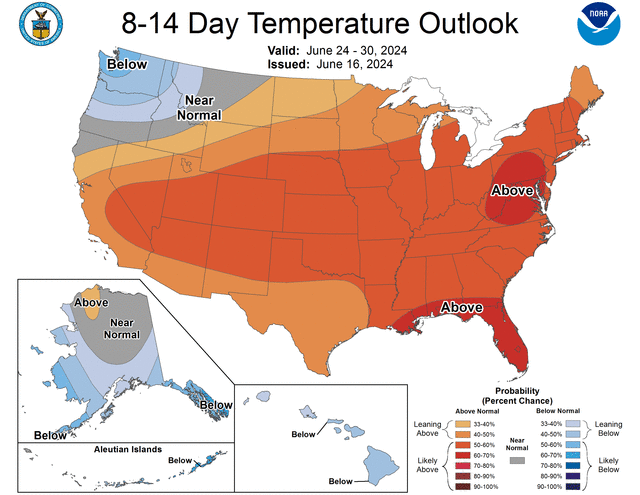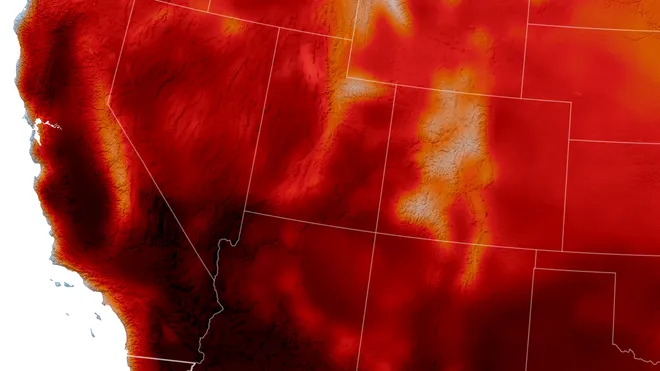Millions of Americans are under weather advisories as nearly every region of the country experiences extreme conditions. From intense heat across the Midwest and Northeast, powerful thunderstorms over the Plains, and heavy rain along the Gulf Coast, to freezing temperatures throughout the Northwest, the nation is grappling with diverse and severe weather.

Widespread Heat Advisories
Heat advisories are in effect from eastern Iowa to Maryland and up to northern Maine, lasting from noon Tuesday until Thursday night. According to the National Weather Service, many areas in the Midwest and Northeast will experience temperatures hotter than Florida. Western New York faces heat index values up to 104 degrees, while parts of Indiana and Michigan could see apparent temperatures between 95 to 100 degrees. Washington D.C. is expecting heat index values up to 101 degrees. Major metropolitan areas such as Philadelphia, Boston, and New York, as well as communities in New Hampshire and northern Maine, will also endure this early and intense heat wave.
Safety Measures
Heat is the deadliest form of extreme weather, surpassing floods, tornadoes, and hurricanes in fatalities. The Centers for Disease Control and Prevention, the National Weather Service, and other agencies advise staying indoors during peak heat and staying hydrated. They also emphasize the dangers of leaving children or pets in vehicles, as temperatures inside can become deadly in minutes. Vulnerable populations include young children, the elderly, outdoor workers, and those with chronic illnesses or certain medications that impair temperature regulation.
Storms and Flooding Threaten Central U.S.
As the Northeast battles heat, the central and western Gulf Coast is bracing for severe thunderstorms and potential flooding. The National Weather Service issued a tropical storm watch for parts of Texas and Louisiana, anticipating the formation of Tropical Storm Alberto. Eastern Texas could receive up to 15 inches of rain, with heavy downpours expected to cause flooding in low-lying and urban areas.
The central U.S. also faces rounds of strong thunderstorms from Nebraska to Minnesota and into Canada. Flood watches are in effect across the Upper Plains, with meteorologists forecasting up to 3 inches of rain. By Tuesday night, parts of Kansas could see up to 4 inches of rain, raising flash flood risks. Minneapolis and surrounding areas might experience hail, high winds, and potentially isolated tornadoes.
Unexpected Winter Weather Hits the Northwest
Contrasting with the Northeast’s heat, the Northwest is under winter weather advisories. A late-season snowstorm is expected to bring heavy snowfall to the northern Rockies, including northern Idaho, western Montana, and northwestern Wyoming. AccuWeather predicts up to 4 inches of snow in east-central Montana and up to 2 feet in higher terrains. Great Falls, Montana, could see an additional inch of wet snow.

Parts of Oregon, Nevada, and Utah are facing sub-freezing temperatures, with the National Weather Service issuing a hard-freeze warning for Reno, Nevada, through Wednesday evening. Temperatures as low as 27 degrees are forecast, with similar lows expected in northern Salt Lake City and southern Oregon. Residents are advised to protect plants and insulate sprinkler systems against freezing.
